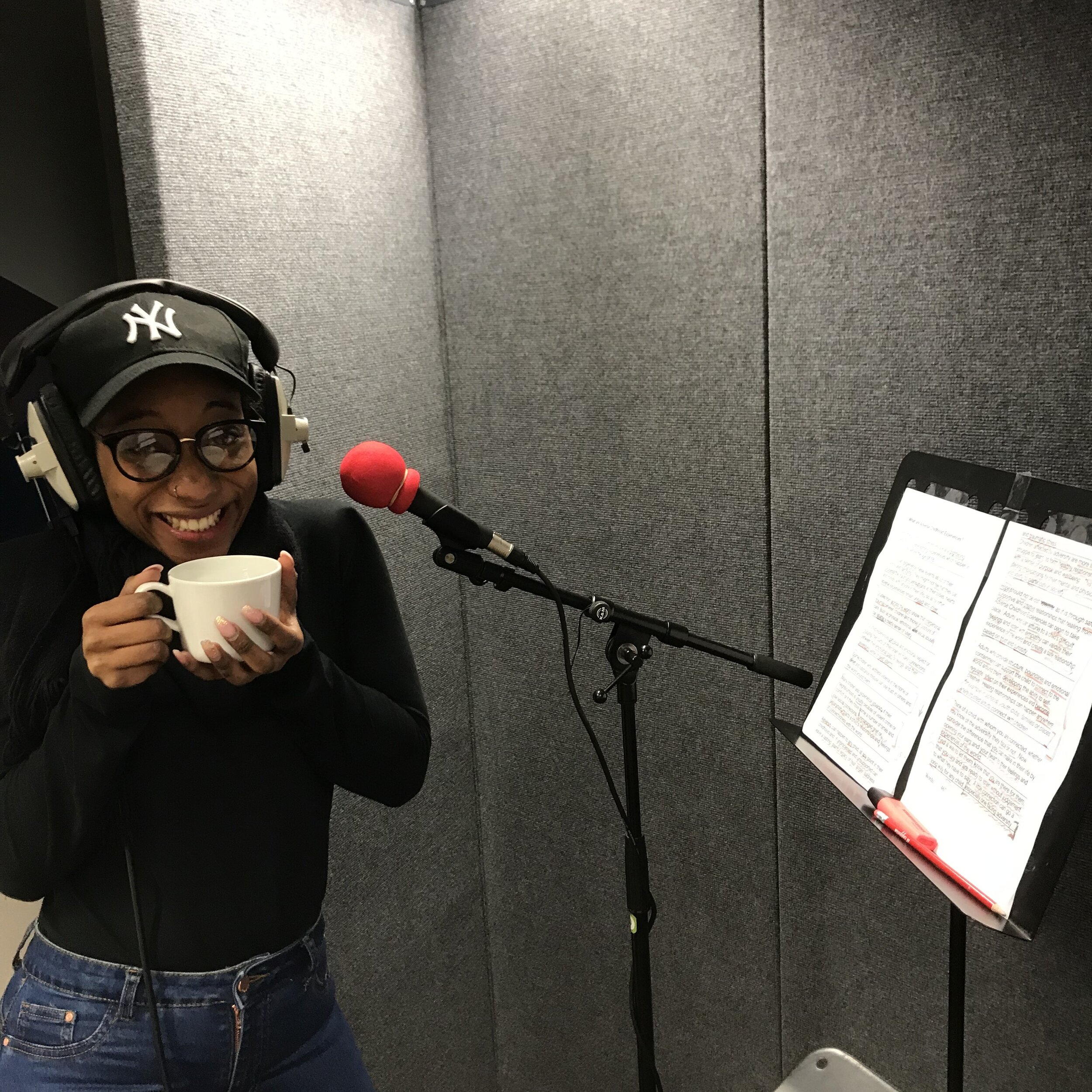Animating Adversity
Traumatic stress is an inherent, necessary response to those elements around us which threaten to annihilate our sense of safety in others, and within ourselves. It is so often the very condition that keeps us alive in times of adversity, but can leave us with a pervasive and dangerous disconnection from the world around us.
Within the recovery from trauma we grow in our awareness and ability to tell our story. We learn the importance of forming a coherent narrative, honour and acknowledge the precious process of recovery as it unfolds, and we begin to assimilate, understand and bring context to our lived experiences.
Understanding trauma is one thing, but communicating it’s power is another. It requires a sensitivity and nuance, an ability to advocate without objectifying and meet the horrors of trauma without overwhelming audiences who may be discovering this complex area for the first time.
At Kazzum Arts we wanted to share the knowledge and expertise within our distinctive approach, offering an insight into trauma-informed practice with children and young people which makes space for creativity, beauty and empathy to tell the story. Animation became the visual language to enable four short essays which bring to life the inner world of a young person and their teacher as they journey together through some of life’s most adverse experiences.
Animation as an art form takes time and care. Drawn by hand, broken down into frames and connected together through movement and motion, it is a form which presents reality in an altered state and effortlessly shifts a sense of scale and time.
Through animation, we have been able to present what is easily visible upon the surface of the characters in our fictional world, as well as the complex processes of their inner life. We have been enabled to communicate theories about the autonomic nervous system with a sense of clarity and ease, as well as offer insights into techniques which are proven to support young people and practitioners build the trusting relationships so necessary to recover from the torment of trauma. We’ve also been able to turn our gaze to the impact of traumatic stress upon those in caring professions, looking at signs and symptoms of overwhelm and dysregulation and suggesting vital pathways which can restore, connect and heal those stewarding the trauma of others.
Within the animated form everything has value. Within the collaborative process from conception to the final product, there are multiple layers of conversation and nuance which resonate through the creative team. Through discussion, storyboarding, drafting and editing, it is our hope that the care taken in making these animations contributes toward healing and restoring adverse childhood experiences far and wide.
Kazzum Arts would like to thank the incredible illustrator and animator Robin Lane Roberts whose dynamic and energetic work brings a creative potency to these essays written by our Artistic Director Alex Evans. Robin’s original musical compositions also offer us a soundscape in which to reflect and connect to the character’s journeys and provide hope in human connection. Rachel Clarke’s empathic, sensitive delivery showcases not only her skill as an actor, but her dedicated practice as a facilitator working with students who have been excluded from mainstream school. Her connection to the words move beyond a script and tells the story of an educator’s perspective first hand.
We hope that these animations amplify the experiences of young people and ensure that they are understood amidst the culture of shame, violence and structural inequity enacted upon children across the world everyday. Perhaps they may also serve to reconnect us with our felt sense of ourselves, and communicate our experiences to those who are safe and ready to listen.
View the animation below or visit our Youtube channel.
Visit our ‘Trauma-informed Approach’ page here.
The texts can also be downloaded as a visual essay on the resources page of our website here.
You can read more about the creation of the fourth animation in this series ‘Supporting professionals impacted by trauma’ here.
This work has been supported by the Mayor’s Young Londoners Fund, Tower Hamlets Council and the City Bridge Trust.
Part 1: Adverse Childhood Experiences
Part 3: Supporting Children impacted by adversity: A Trauma-informed Approach
Part 2: The impact of Adverse Childhood Experinces
Part 4 : Supporting professionals impacted by Trauma










